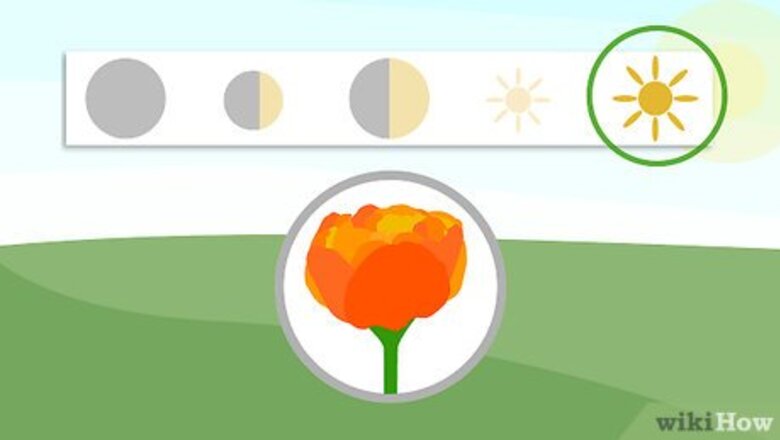
views
Choosing a Good Spot
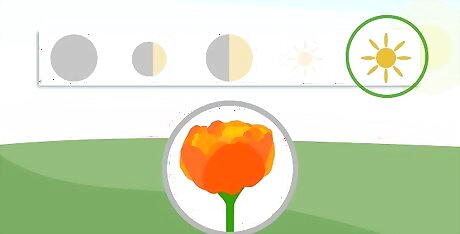
Choose an outdoor spot that gets full sun. Sun lovers thrive with a lot of sunlight. It helps make their colors more vibrant. If you can’t find a spot that gets full sun, choose somewhere with minimal shade.

Plant your sun lover in well-draining soil with a pH of 6-7. A neutral, well-draining soil will encourage the roots to grow and prevent them from sitting in water, which can lead to root rot. To find out if your soil is well draining, dig a 1 foot (0.30 m) by 1 foot (0.30 m) hole and fill it with water. Once it drains, fill it with water again and use a ruler to measure how deep the water is. Let it drain for 1 hour and then measure the water depth again — if the water level dropped 1–6 inches (2.5–15.2 cm), the soil is well draining. If it dropped less than 1 inch (2.5 cm), the soil is not well-draining. Thoroughly mix in compost, manure, or peat moss to your soil to make it drain better. Use a soil pH meter to test the pH level of your soil.

Find a spot that’s sheltered from the wind. Sun lovers can grow taller than other kinds of tulips. Because of their height, they’re more susceptible to being pulled out of the ground by strong winds. Look for a low spot in your garden or a spot that's shielded by a nearby structure. Just make sure the spot still receives full sun at all times during the day.
Planting Your Sun Lover Bulb

Store your sun lover bulb in a cool, dry place until you plant it. Try to find a place that has good air circulation.This will keep heat and moisture away from the bulb, which can cause it to rot. A garage or a dark pantry are good places to store your bulb before you plant it. Stored properly, sun lover bulbs can last up to 12 months in storage.
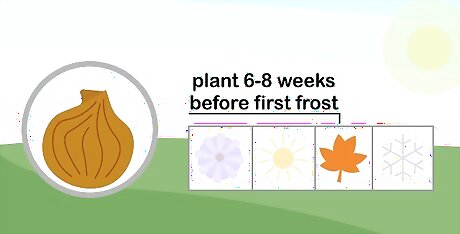
Plant your sun lover 6-8 weeks before the first freeze is expected. Sun lovers need to be planted in the fall so they’ll bloom in late spring or early summer. If you’re not sure when the first freeze is expected, and you live in the US, you can find out the average first freeze date for your area at https://weather.com/science/weather-explainers/news/average-first-freeze-date-united-states. If you live outside of the US, search online to see what the first freeze date in your area was over the past 2-3 years. Plant your sun lover 6-8 weeks before the average of those dates.

Use a garden fork to loosen the top 12–15 inches (30–38 cm) of soil. Loosening the soil beforehand is important because it gives your sun lover bulb room to grow. If the soil is compacted when you plant the bulb, it will retain too much moisture and prevent your sun lovers roots from growing properly.
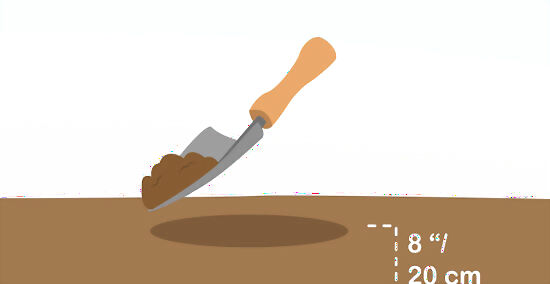
Dig a narrow hole that’s 8 inches (20 cm) deep. Use a small gardening shovel or a small handheld auger to dig the hole. Make sure the hole is big enough for you to slide the bulb all the way down to the bottom. The bulb shouldn't be sticking above the ground.
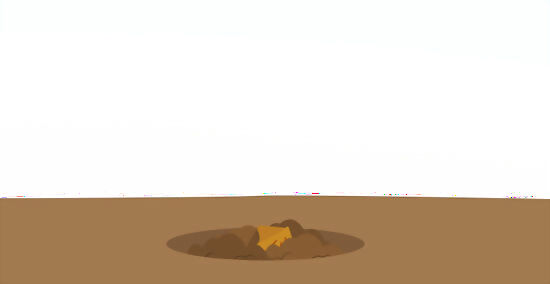
Bury your sun lover bulb in the hole so the pointed end is facing up. Your sun lover bulb should have a rounded end and a pointed end. Place the bulb in the hole so the rounded end is facing down, and the pointed end is facing up. Once the bulb is in place, fill in the hole with soil and pack the top of the soil down firmly with your hands.

Water your sun lover bulb thoroughly immediately after planting. Although sun lovers don’t do well in wet soil, you want to water your bulb right after you plant it to encourage it to start growing. Water the bulb until the soil is soaked.
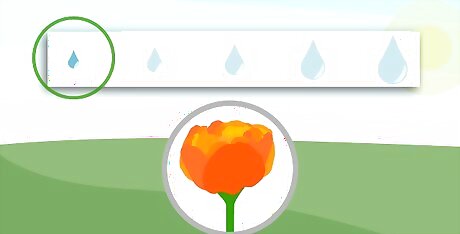
Avoid watering your sun lover after the initial watering. Sun lovers thrive on very little water. Only water your sun lover once right after you plant it. After that, don’t worry about watering it again, even after it sprouts. Sun lovers are susceptible to root rot and fungal infections if they’re exposed to too much water. If you’re experiencing a drought, you may need to lightly water your sun lover once a week to keep the soil moist.












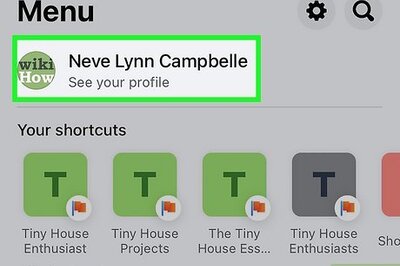






Comments
0 comment